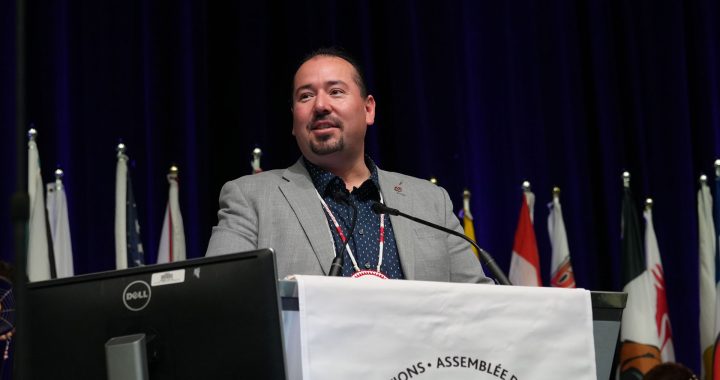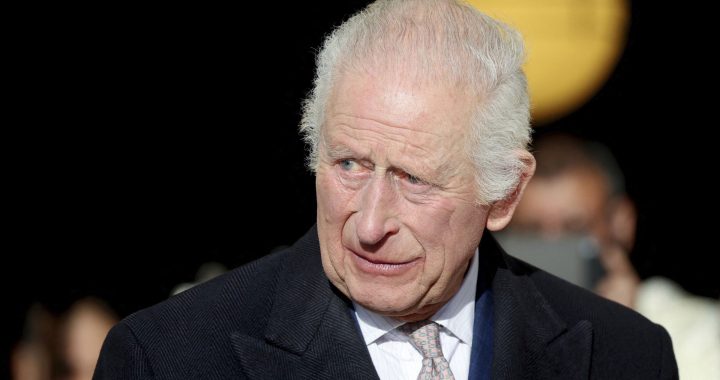On this edition of InFocus, Host Melissa Ridgen explores Indigenous humour – how humour and satire help people deal with serious issues, and is our humor different from others?
Danny Knight, a correspondent from the online satirical site The Feather, says Indigenous humour comes from the way we grow up.
“We all hang out with our family and our cousins lots,” Knight said. “Everybody is trying to get attention, everybody is trying to be funny, trying to be cool, so I think it’s just the way we grew up with our family and with our cousins.
“Kind of steel sharpening steel, is why we get so funny.”
Indigenous people live with a lot of harsh realities – poverty, inter-generational trauma, murdered and missing loved ones, suicide, racism, displacement, cultural loss. Satire can be a distraction and sometimes poking a serious issue with a funny stick, can raise awareness, start a conversation or make an important point.
“Whether you’re making fun of how hilariously sad something is or how ridiculously stupid something is, there is still that air of hilarity and ridiculousness to it,” Knight said. “And if you’re funny, you can kind of stick out and you can still have your serious point heard but also you can, make it a little softer. Because people don’t want to hear you talk and complain all the time.”
But some topics shouldn’t be the butt of any joke.
“Stereotypes about poverty — like where poverty is the punchline — is definitely not something that I want to do,” said Tim Fontaine, editor-in-grand-chief of Walking Eagle News and host of APTN’s The Laughing Drum.
“I learned a valuable lesson about not joking about MMIW. And I didn’t joke about MMIW itself, the issue of missing and murdered Indigenous women and girls, it was the controversy around, the national inquiry. I did an article about that and it was taken by families as possible fact. It was basically, they were very confused by it so it was the first time I ever pulled a story.”












